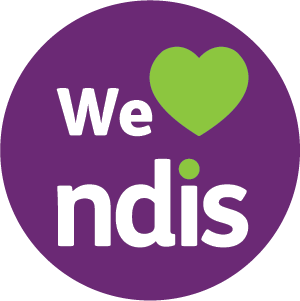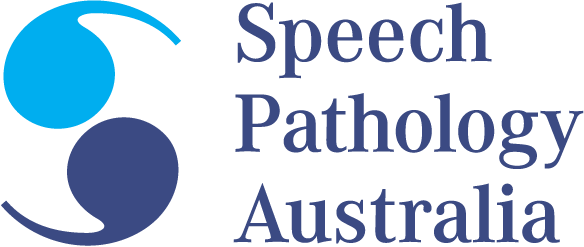From the first 250 words of a 2-year-old, the average communication journey will include an increase in vocabulary, and also the combining of words into short sentences. Additional vowel sounds are added, tone and inflection are used for additional meaning, and the clarity of speech improves considerably.
Below are the communication milestones and averages for children between 2-5 years.
Underneath the milestones you’ll find information on how to help your child progress, and what to do if your child is below average.
* Learn more about milestones and averages [opens new tab]
If you child says any of these words consistently, independently and with intention, then boom! It's a word!
Example: If your child says "wah-wah" and they mean "shower" then that counts as a word. However, if they sometimes say "wey-wey" when they mean shower, then it's not a word.
It has to be consistent, independent and with intention.
Below average? Enrol in the Parents & Carers Course here
Below average? Enrol in the Parents & Carers Course here
This is the time where children seem to talk incessantly.
I once heard a mother say: "Well, my 4 yo says one run on sentence of 37,086 words which begins the second he opens his eyes in the morning to when he finally passes out. Send help."
It's difficult to put a number on the averages — there are so many words!
Below average? Enrol in the Parents & Carers Course here
From 24 months onwards, toddlers experience vast development in speech sounds and at least triple the number of words they can say between 1 and 2 years of age. Often many more.
Their speech becomes easier to understand and by the time they’re 4 years old, most of their speech should be understood.
By 4 years, toddlers can say a range of speech sounds when talking.
You should expect a 4-year-old to be able to hold a basic conversation and be understood, while a 5-year-old will have increased conversational skills.
Parents can continue to help their toddler’s speech development by modelling the correct way of saying words, particularly when children make occasional sound errors.
However, if a toddler’s speech is very difficult for parents to understand, or if children are using gestures (and grunts) in place of words, parents should contact a speech pathologist for further advice.
If parents are concerned about their child’s speech development, they are advised to have their child’s hearing checked by an audiologist, as hearing is important in learning how to say sounds correctly.
If you are worried about your child’s speech, if your child sounds different to the ages and stages outlined or if your two-year-old cannot be understood by adults, you may need to seek help from a speech pathologist.
A speech pathologist has been professionally trained to advise, diagnose and work with adults and children who have difficulty in communicating. Speech pathologists work in a variety of settings including schools, health centres, hospitals and private practice. Your child health nurse or GP can put you in contact with a speech pathologist.
Often, parents are slow to seek help because they don’t want to believe their child has a problem.
We’re parents too, and completely understand why and how you feel this way. (It’s one of the reasons we created the ‘Parents & Carers’ course.)
The parents and carers course is to the point — with no fluff or filler — you can go through it within a few hours.
You will learn how to overcome the typical barriers to successful communication in young children.
Also, it’s exactly what a speech pathologist would want you to know before they provided speech therapy for you and your child.
As well as the course, you get access our live streams with a fully-qualified and highly-experienced Speech Pathologist (Carissa Gorman), who will answer individual questions.


